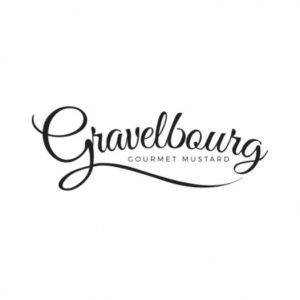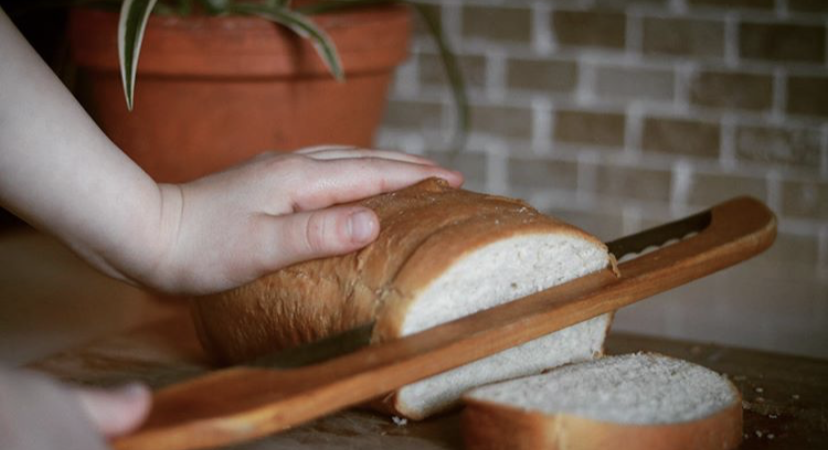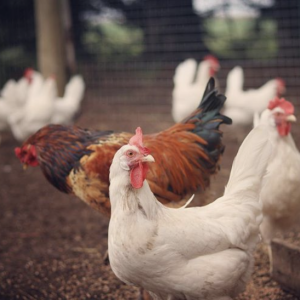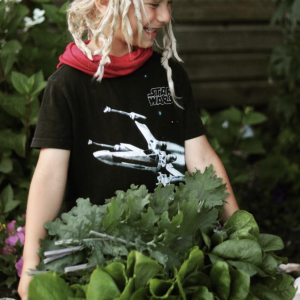Why make dressing at home?
- It only takes a few minutes & it’s easy.
- It costs less We already have all the ingredients on hand. We use ingredients from the pantry.
- We use higher quality ingredients and better support our health.
- We can use local Saskatchewan products and support our producers and farmers.
Win-win situation
- For ourselves & our family
- For our community

Why not buy it?
- Salad dressings purchased are often loaded with preservatives, so they can last a long time on the shelves.
- They often contain too much sugar. Often the sugars used are the least expensive, such as high fructose corn syrup and liquid sucrose.
- The oils are often the cheap varieties, which are of poor quality, like transgenic soybean oil or corn oil
- Store-bought dressings also often contain artificial flavors, flavors and colors.
- They contain unpronounceable ingredients that are best eliminated from our diet.
What is vinaigrette?
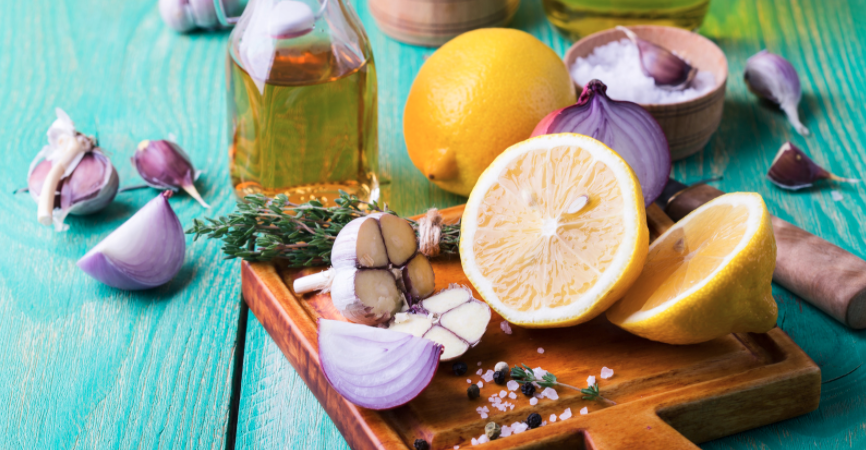
A dressing can have a very wide variety of ingredients, but in it usually contains 3 elements: Oil, an acidifier and an emulsifier (thickener).
- Oil:
- Cameline oil (e.g. Three Farmers of Saskatoon)
- Flavoured oil (e.g. Oliv Tasting room of Moose Jaw)
- olive oil
- grapeseed oil
- sunflower seed oil
- nut oil
- avocado oil
- Acidifier:
- lemon/lime juive
- balsamic vinegar (e.g. Oliv Tasting room of Moose Jaw)
- apple cider vinegar
- wine vinegar
- rice vinegar
- emulsifier (thickener) – optional
- Mustard (e.g. Moutarde de Gravelbourg)
- Mayonnaise
- yogourt
- tahini
- honey (e.g. Sweet Pure Honey of Porcupine Plain, Howland of Canora)
- maple syrup
For even more flavour we can add spices and other aromathe.
- herbs and spices (e.g. Splendor Garden from Watson)
- ail/oignon (e.g. SaskGarlic from Kipling)
- horseradish
- hot sauce
Many of these ingredients can be purchased online at theses Saskatchewan retailers.
- In Regina: Local & Fresh and Regina Farmers’ Market
- In Saskatoon: SaskMade et Saskatoon Farmers’ Market
- In Moose Jaw: Wandering Market

Formula - 3:1
No matter what kind of oil or vinegar you prepare, the proportions are as follows:
- 3 quantities of oil
- 1 quantity of acidifier
In a mason jar, add the acidifier and salt / pepper. Close the cap and mix. Add oil and other ingredients to taste. Close the jar and shake vigorously until well blended.
You can keep the rest in the closed jar in the fridge for the next time. If there isn’t quite enough left for next time, no problem – save what you have, add a little oil and vinegar and stir again. The homemade vinaigrette will keep for several weeks in the fridge.
Local ingredients to discover

One of the largest mustard producers in the world is Saskatchewan. About 80% of Canadian mustard comes from Saskatchewan. Mustard is perfect for making a creamy dressing. It stabilizes the oil and vinegar emulsion – its creates a creamy effect and texture. For a sweeter flavor, add maple syrup or honey. I really like using Gravelbourg mustard made by Val Michaud de Gravelbourg. Their mustards are delicious and offer a variety of flavours.

It tastes nutty and adds a lot of flavor to dishes. Camelina oil is rich in omega 3. Several studies show that the proportion of fat in an oil is high (omega 3, 6, 9). The fats in camelina oil are balanced which allows for better absorption of good fats. Three farmers in Saskatoon make delicious camelina oil. This company is founded by two sisters: Natasha and Elysa – They make products with the crops of their father and his two friends – hence the three farmers. This company tells a great story of mutual help and a sense of community.

Flavoured oils and vinegar are superb to use in salad dressings. We like to use a small amount of flavoured oil combined with an unflavoured oil to adjust the strenght of the flavour as needed.
- Example of oils: blood orange, rosemary, Italian herbs
- Example of vinegar: fig, raspberry, smoke, cherry.
We love using Oliv Tasting Room‘s flavoured oils and vinegars. Oliv started in Moose Jaw. It is now a large company offering its products in 5 provinces across Canada
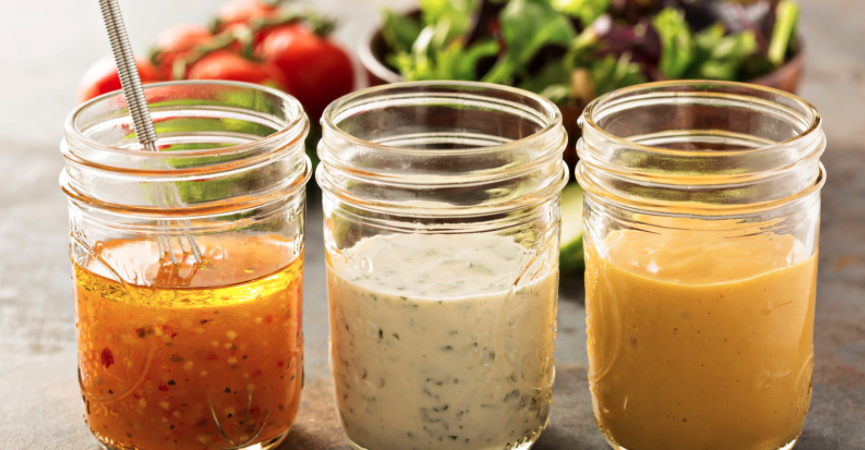
Recipe
With salad dressings, you can easily transform your salad into the perfect accompaniment to meals – no matter the flavor of your meal. Follow the 3: 1 formula and add the aromatics in the proportions of your choice.
The easiest
- Olive oil, lemon juice, salt
Greek
- Olive oil, lemon juice, lemon zest, Dijon mustard, garlic, Greek spice, salt & pepper
Herbes
- Olive oil, balsamic vinegar, cider vinegar, garlic, Dijon mustard, fresh herb of your choice (dill, mint, oregano, parsley, basil)
Asiatique
- Vegetable oil, toasted sesame oil, garlic, fresh ginger, rice vinegar, honey, salt & pepper
Franch
- Olive oil, Dijon mustard, white wine vinegar, dried tarragon, set & pepper
Cajun
- olive oil, cider vinegar, Cajun spice, Cajun mustard, honey, French shallot, rainfort, salt & pepper.
Dish with salad dressing
We can use salad dressing in many dishes:
- Bowls
- pizza ( as sauce)
- salads
- On grilled meats and fish

Pizza with roasted beet and onion, Parmesan, Italian sausage, pumpkin seed and arugula.
the pizza base sauce is a saskatoon berry and cherry vinaigrette.
- olive oil
- Cherry balsamic vinegar.
- Saskatoon berry mustard
- Saskatoon berry spread
- garlic
- salt & pepper

